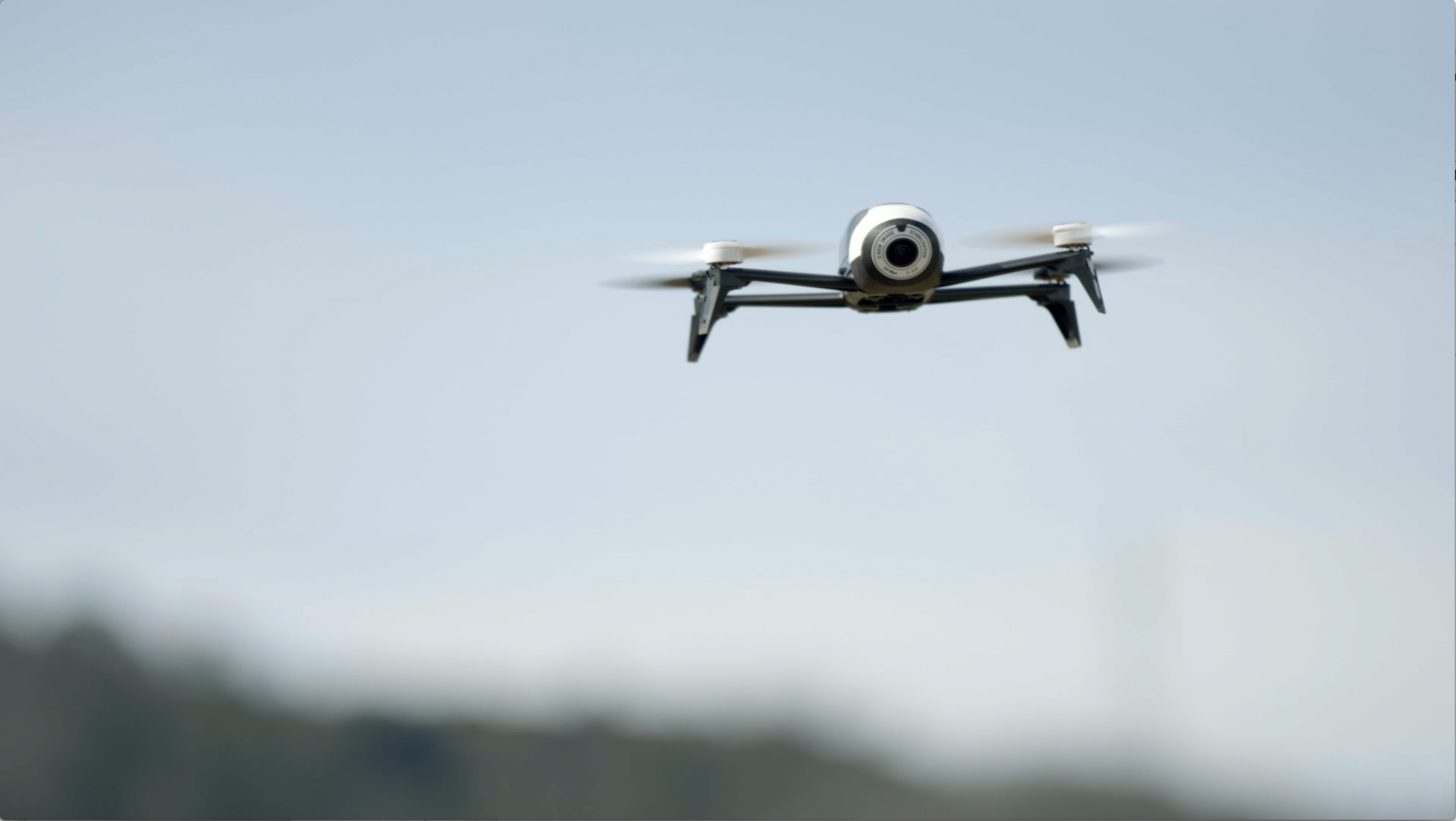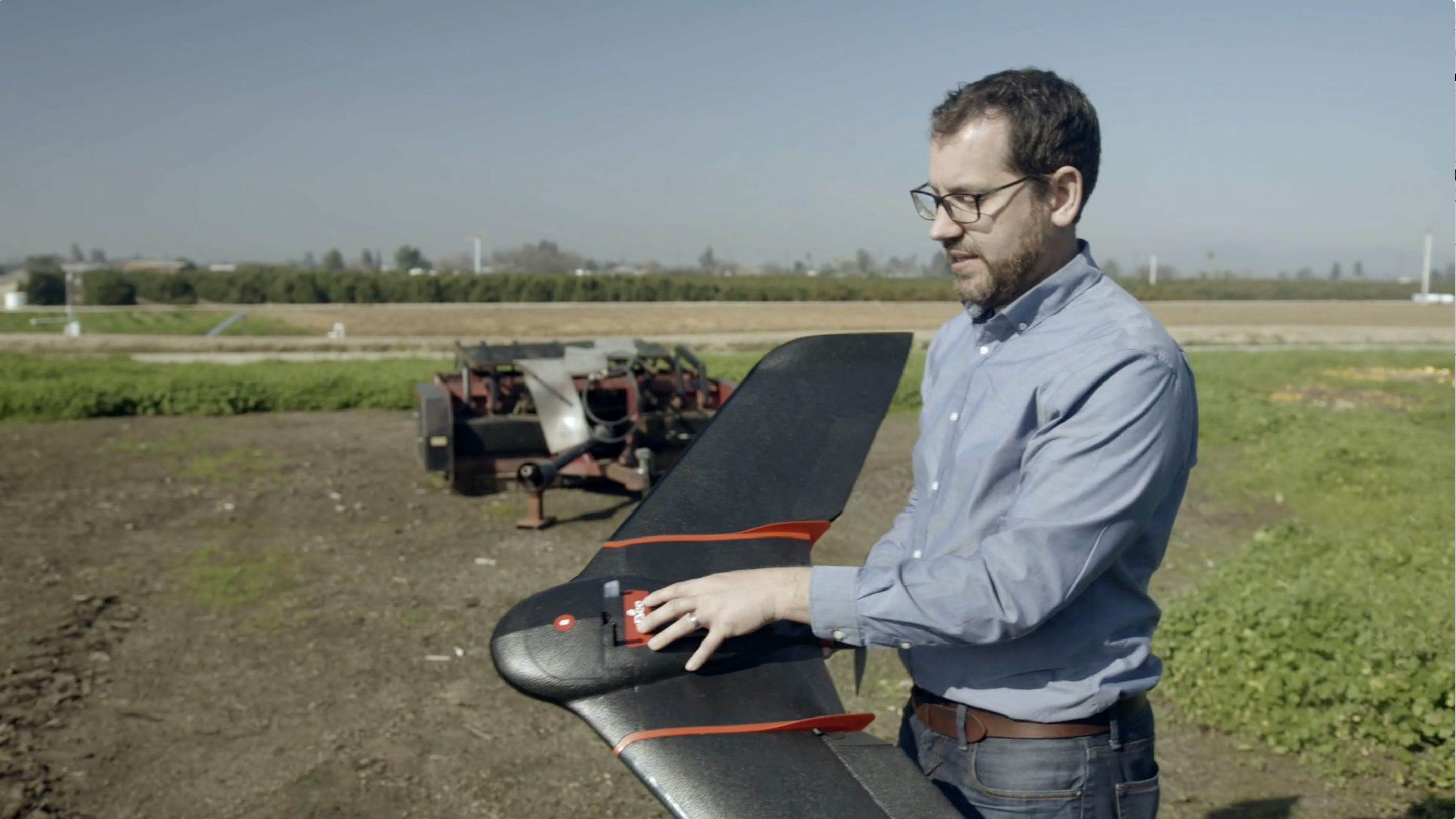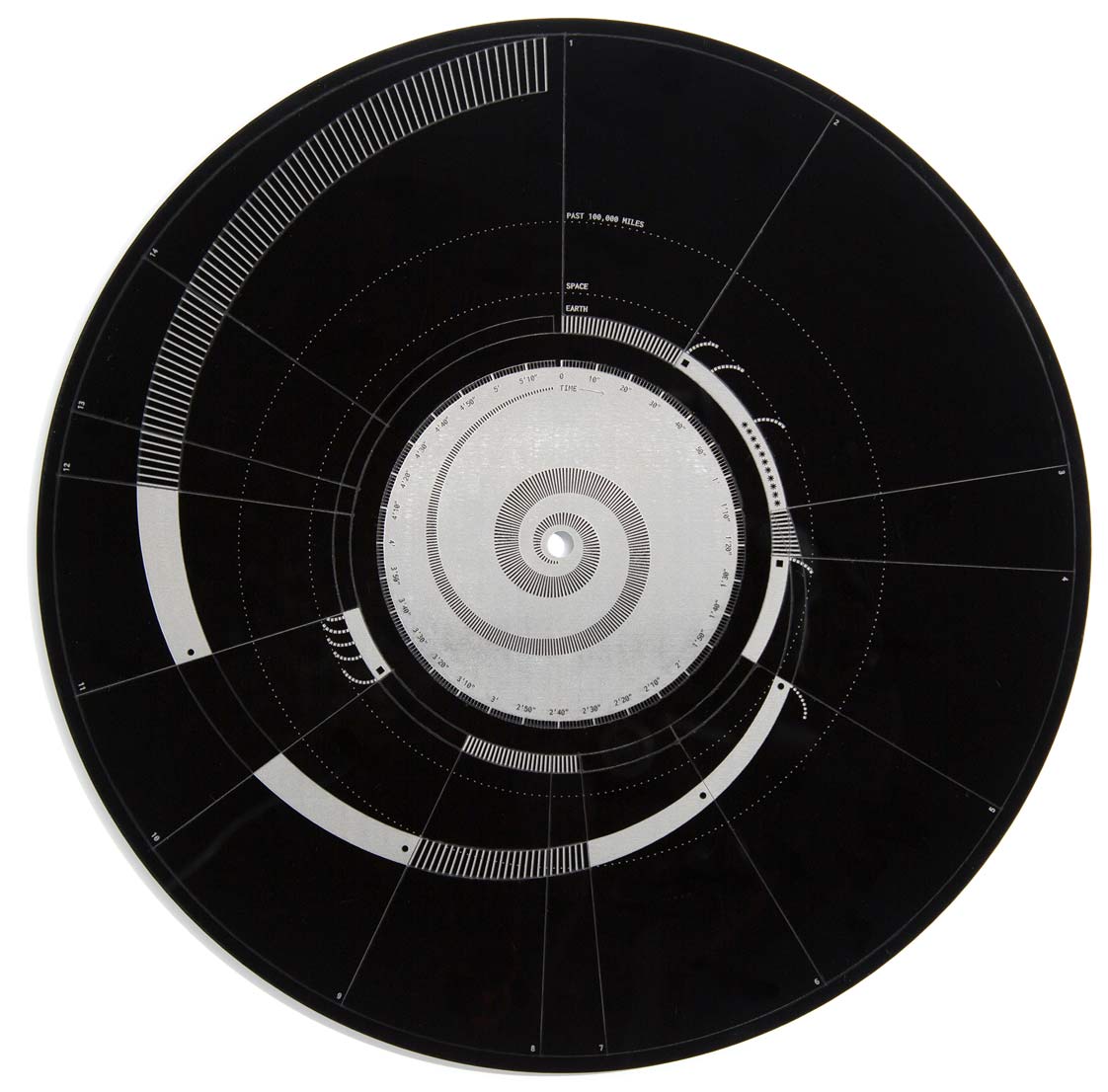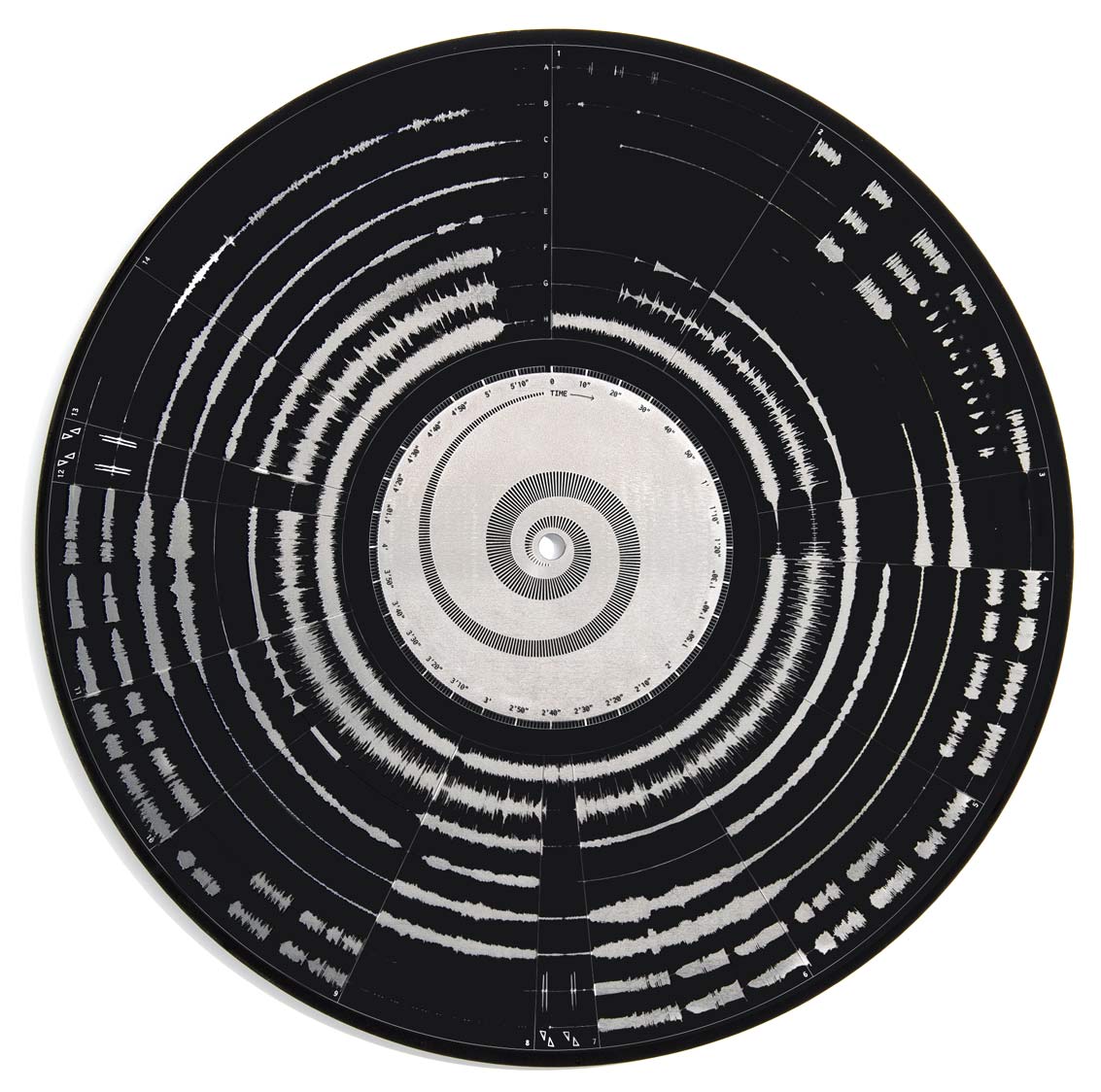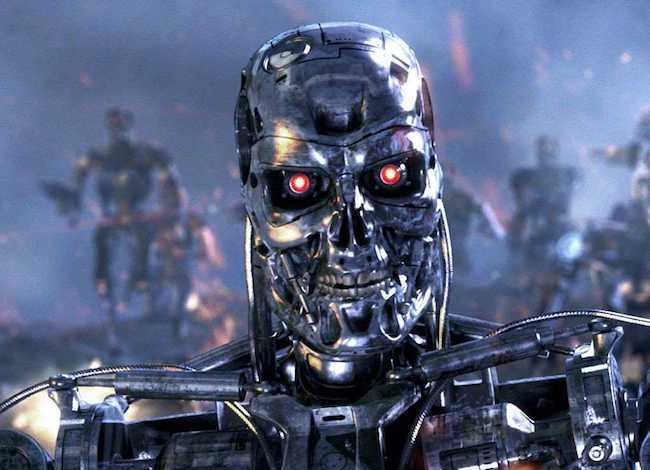
In the early 1980s people were very excited about pocket calculators—they were even, famously, available on wristwatches—and the savvy fellows in Kraftwerk spotted an opportunity for their well-nigh parodically impersonal form of music. It could be argued that 1981’s Computer World was Kraftwerk at their very Kraftwerkiest—every single track was about interacting with (or being?) a computer or a calculator, and every last vestige of a pulsating heartbeat and sex and real life you might encounter on the “Autobahn” had been shorn away.
“Pocket Calculator,” the first single off of the album, did fairly well for a Kraftwerk single. It was only Kraftwerk’s third single ever to crack Germany’s Top 100, and for some reason it managed to reach #2 in Italy. (It might have been that Kraftwerk had gone to the trouble to record “Mini Calculatore,” an Italian version of the song.)
The song “Pocket Calculator” actually contains a reference to the fact of calculators being able to play music—the line runs “By pressing down a special key, it plays a little melody.” Kraftwerk had a special version of the Casio VL-80 manufactured as a promotional item. You won’t be surprised to learn that “Taschenrechner” is the German word for “pocket calculator”:

As you can see, the machine itself features a representation of musical notes on the front. The song was actually recorded using a Casio FX-501P, which appears to have been a slightly more robust device.
Kraftwerk was eager for fans to play Kraftwerk hits on their own calculators, so they issued these special instructions—OK, let’s call it “sheet music”—to play not just the new material but also classics like “Trans Europa Express” and “Schaufensterpuppen” on the pictured VL-80.

The notation for “Pocket Calculator” reads:
4599 845887 4599 845887 6
4599 845887 4599 845887 6
44284 44284 44284 44284
In a March 1982 issue of The Face, we find the following:

More after the jump…






